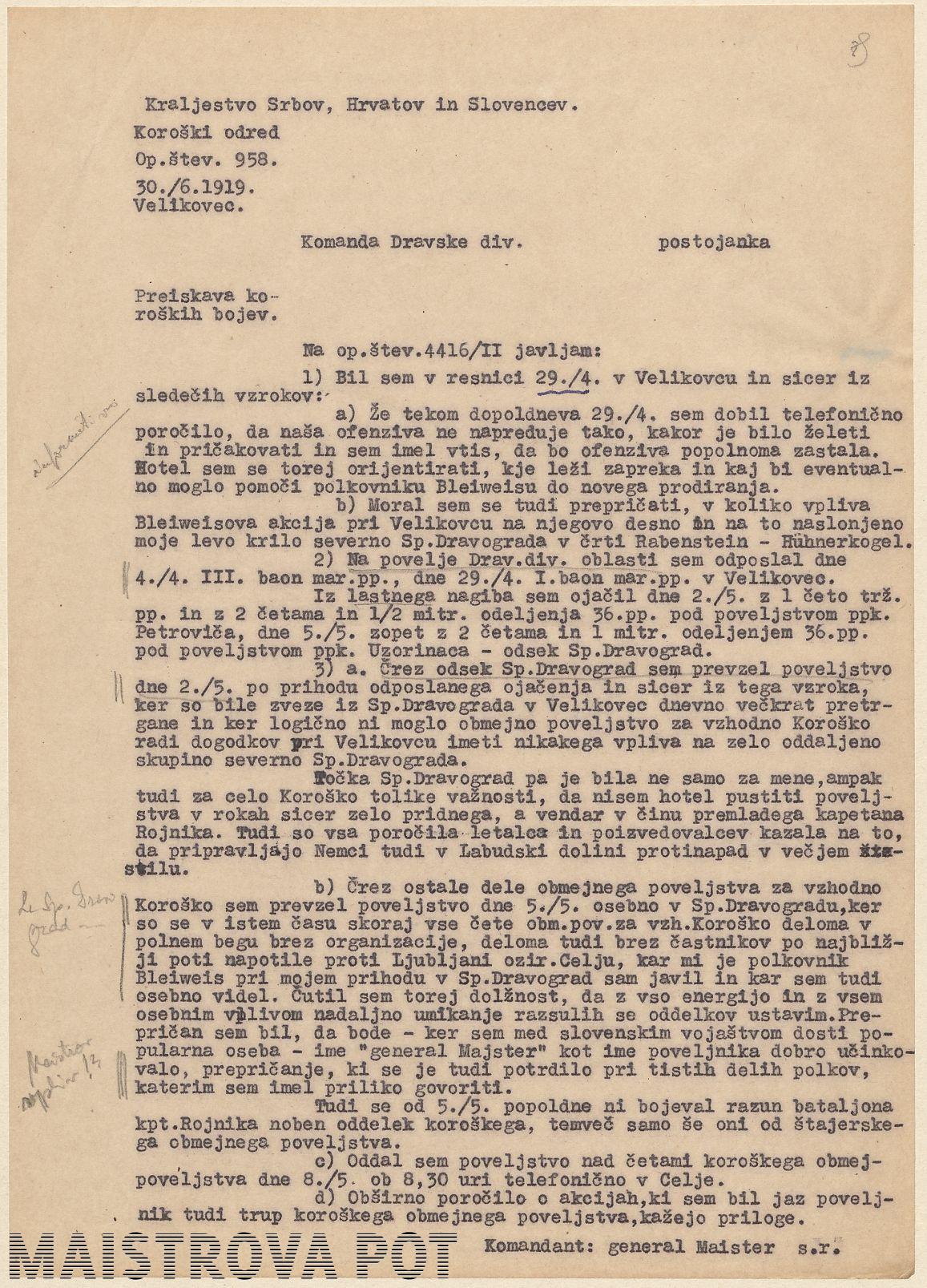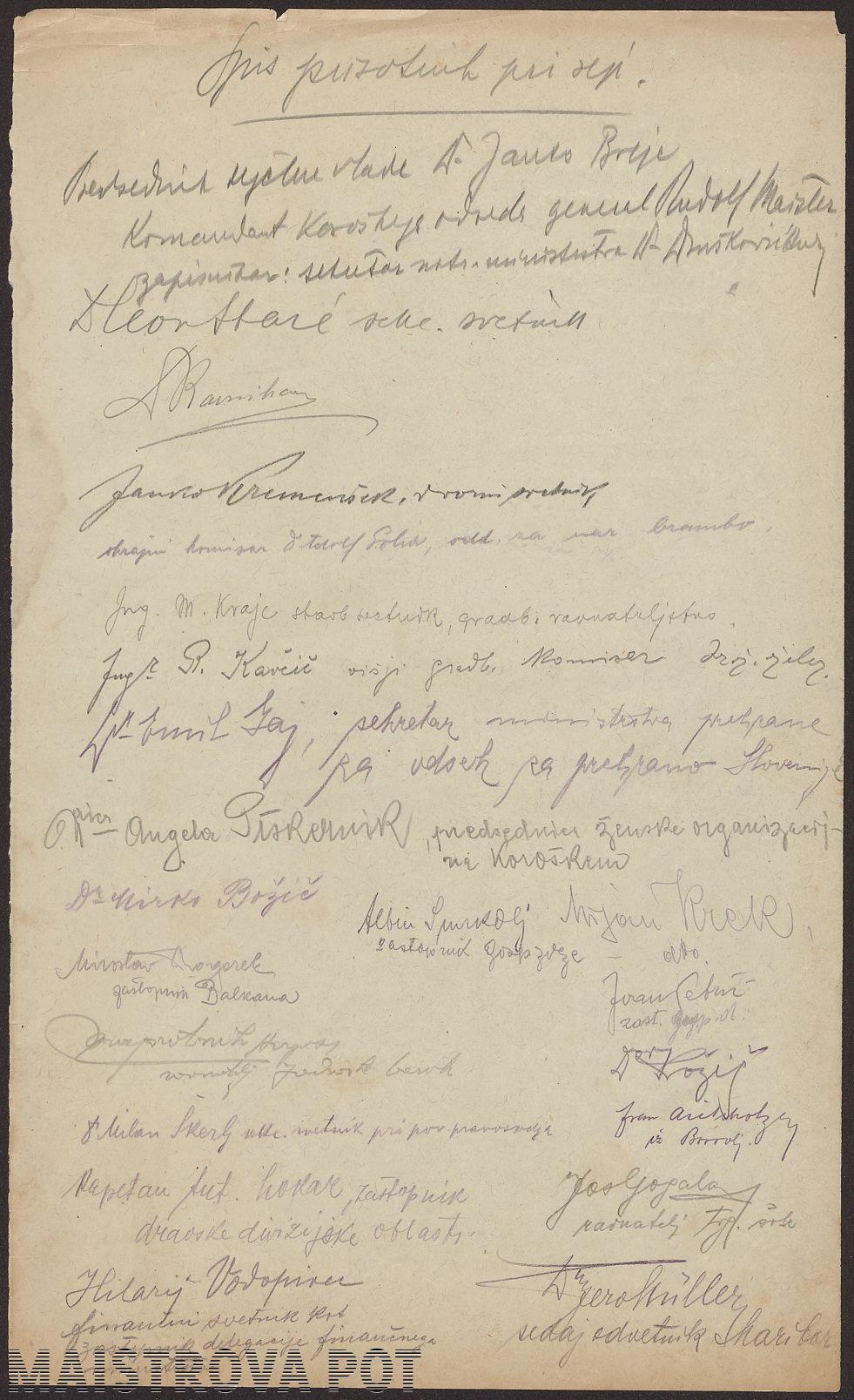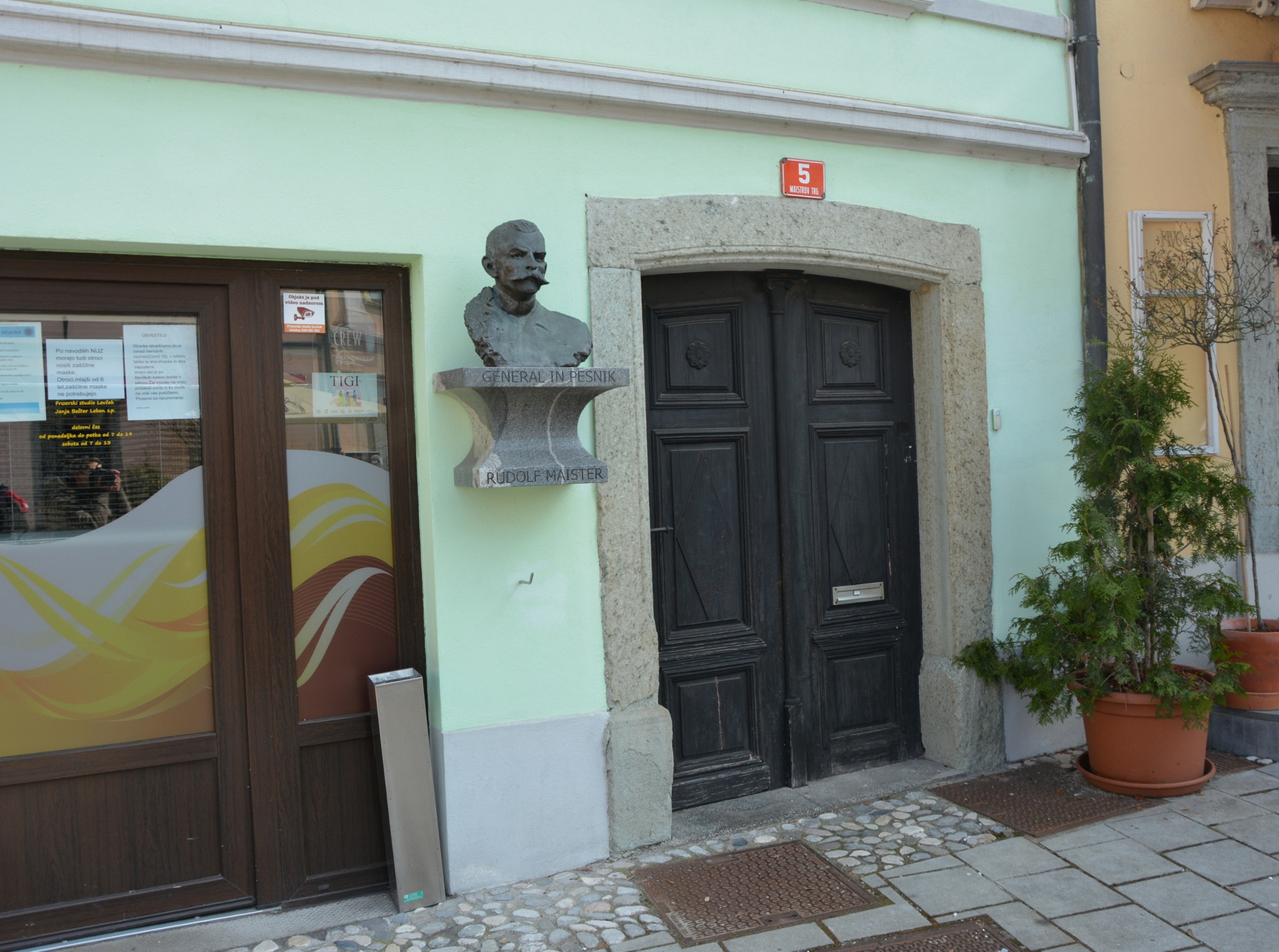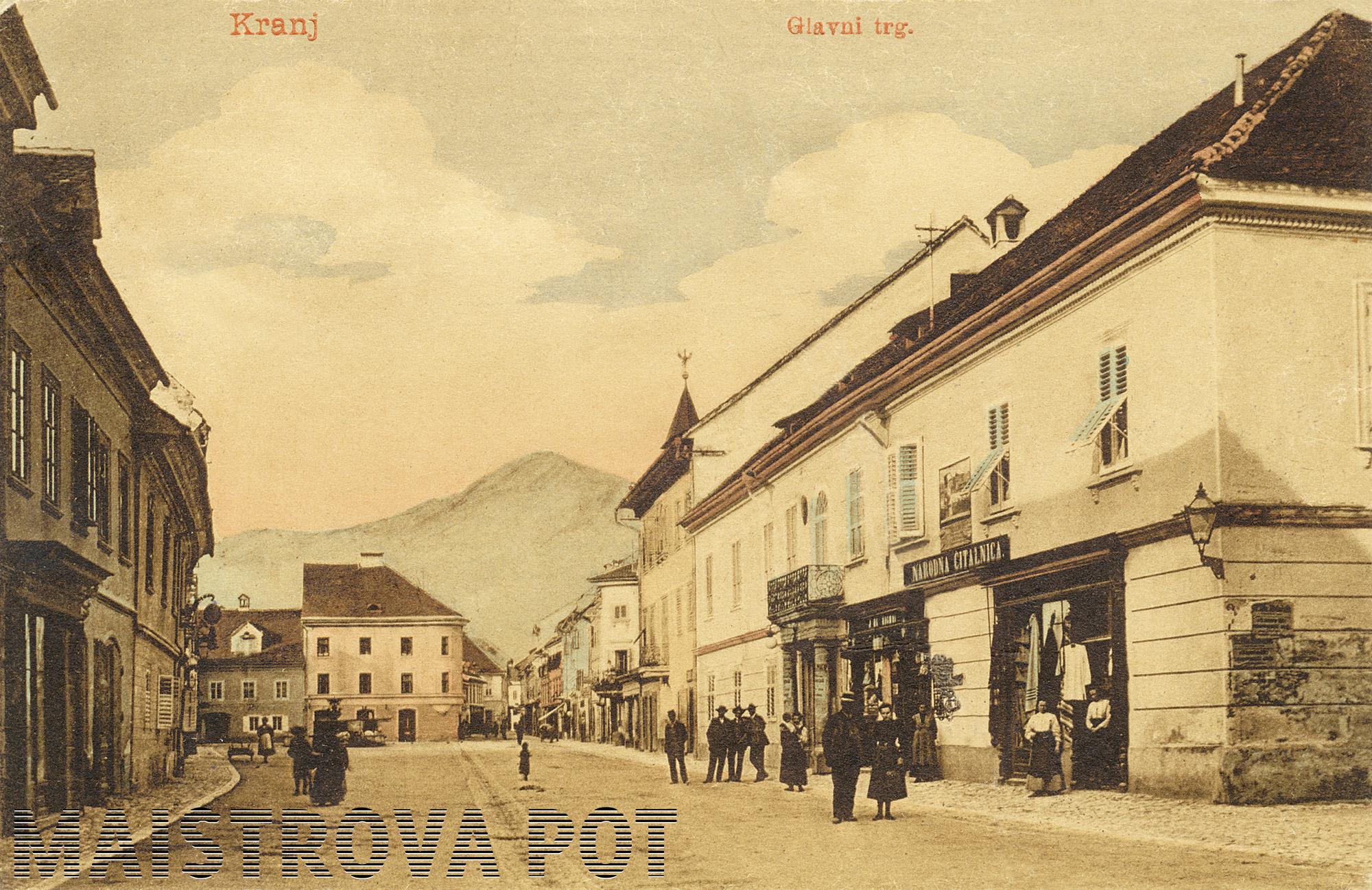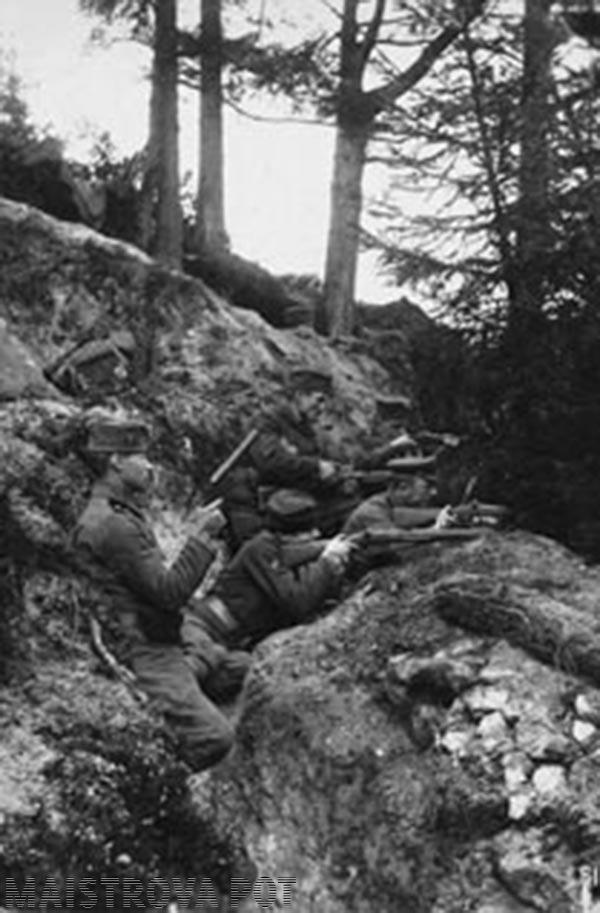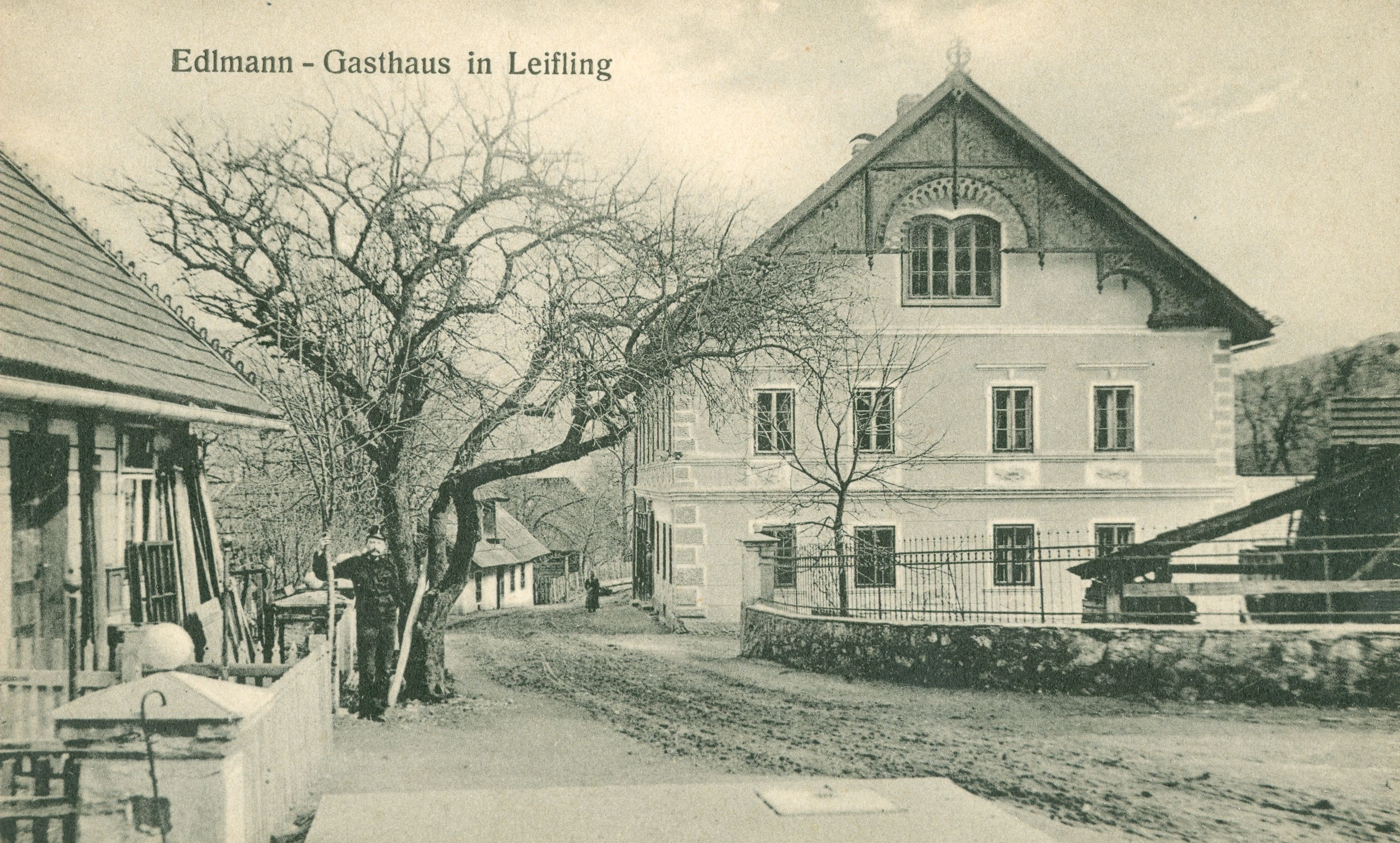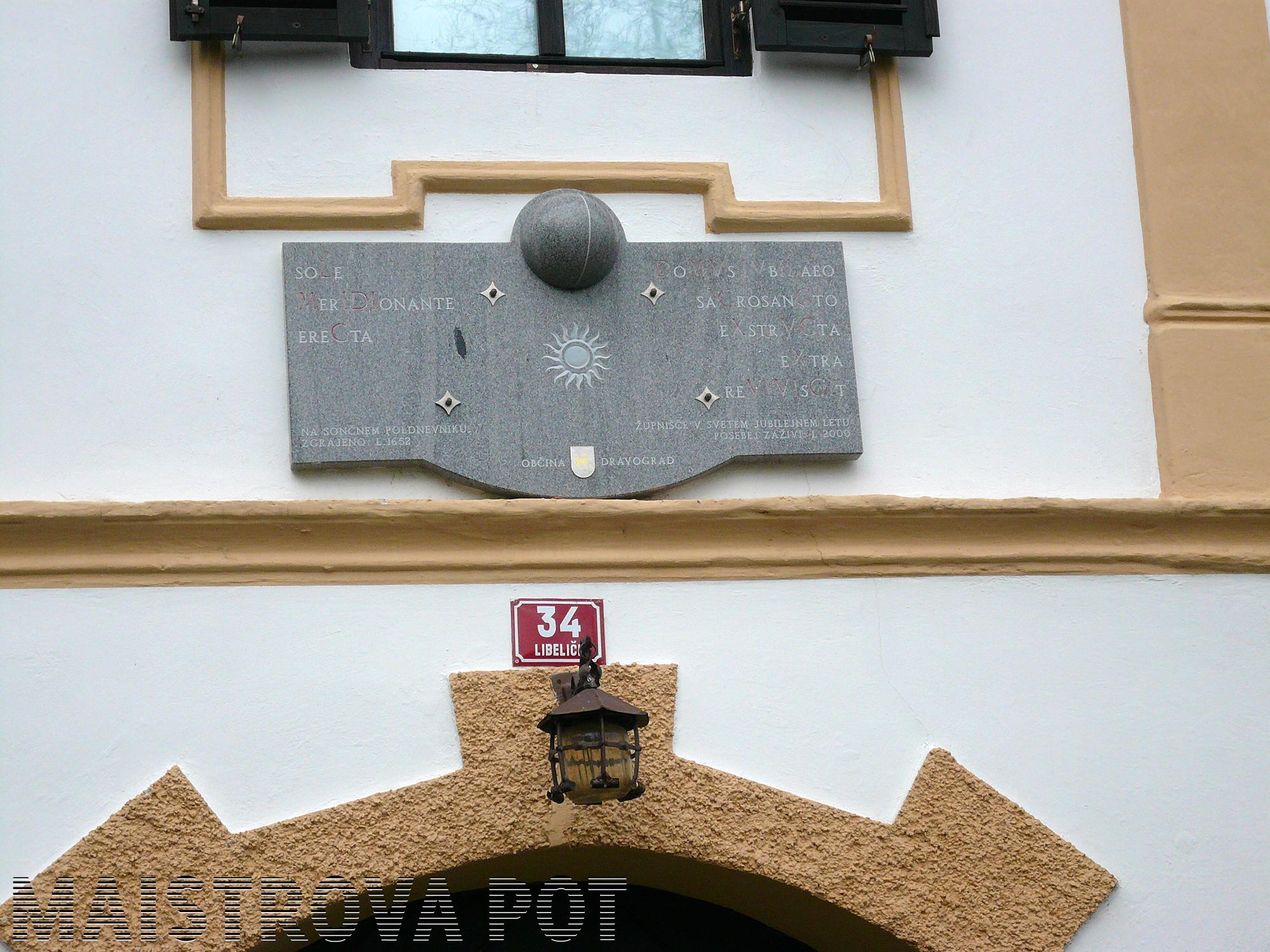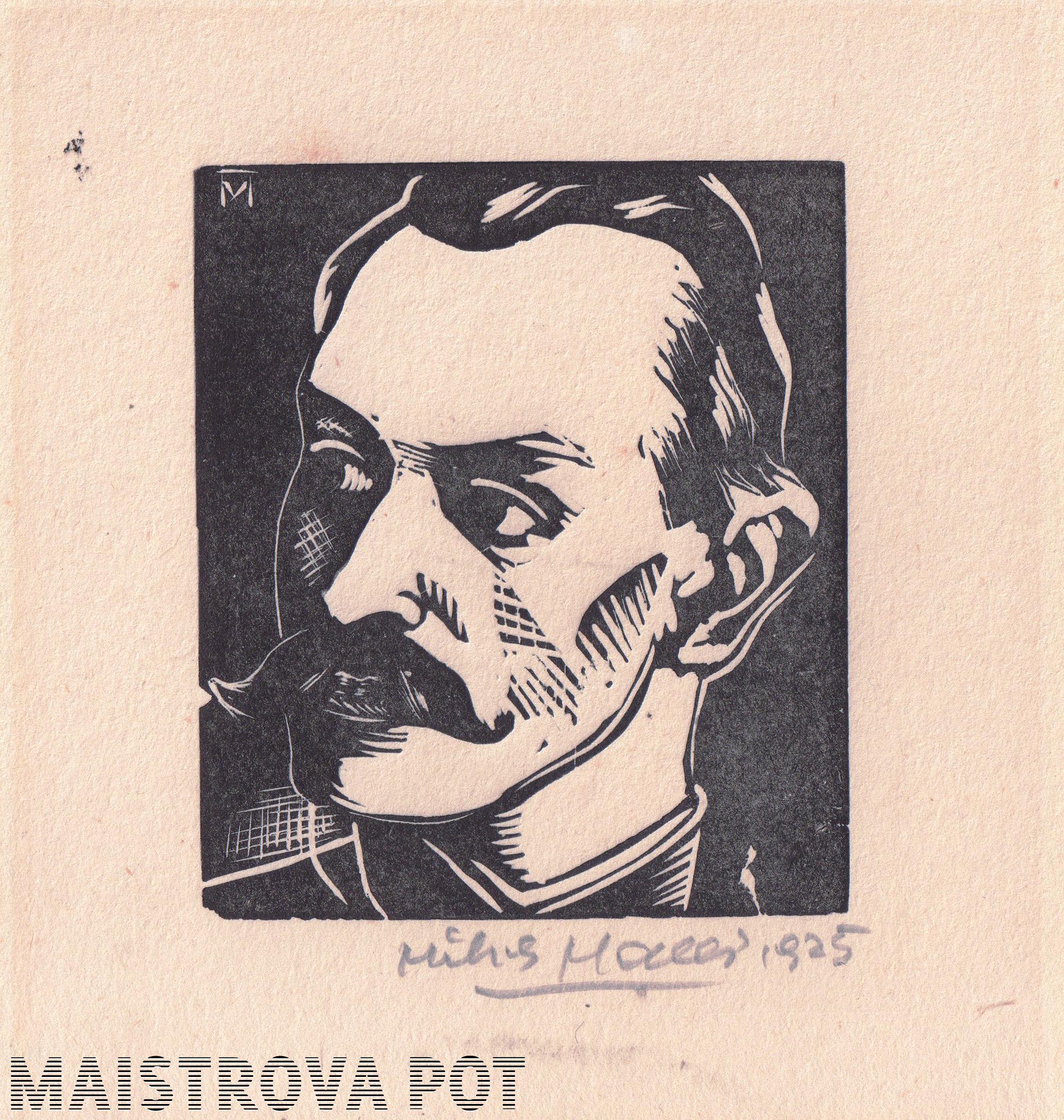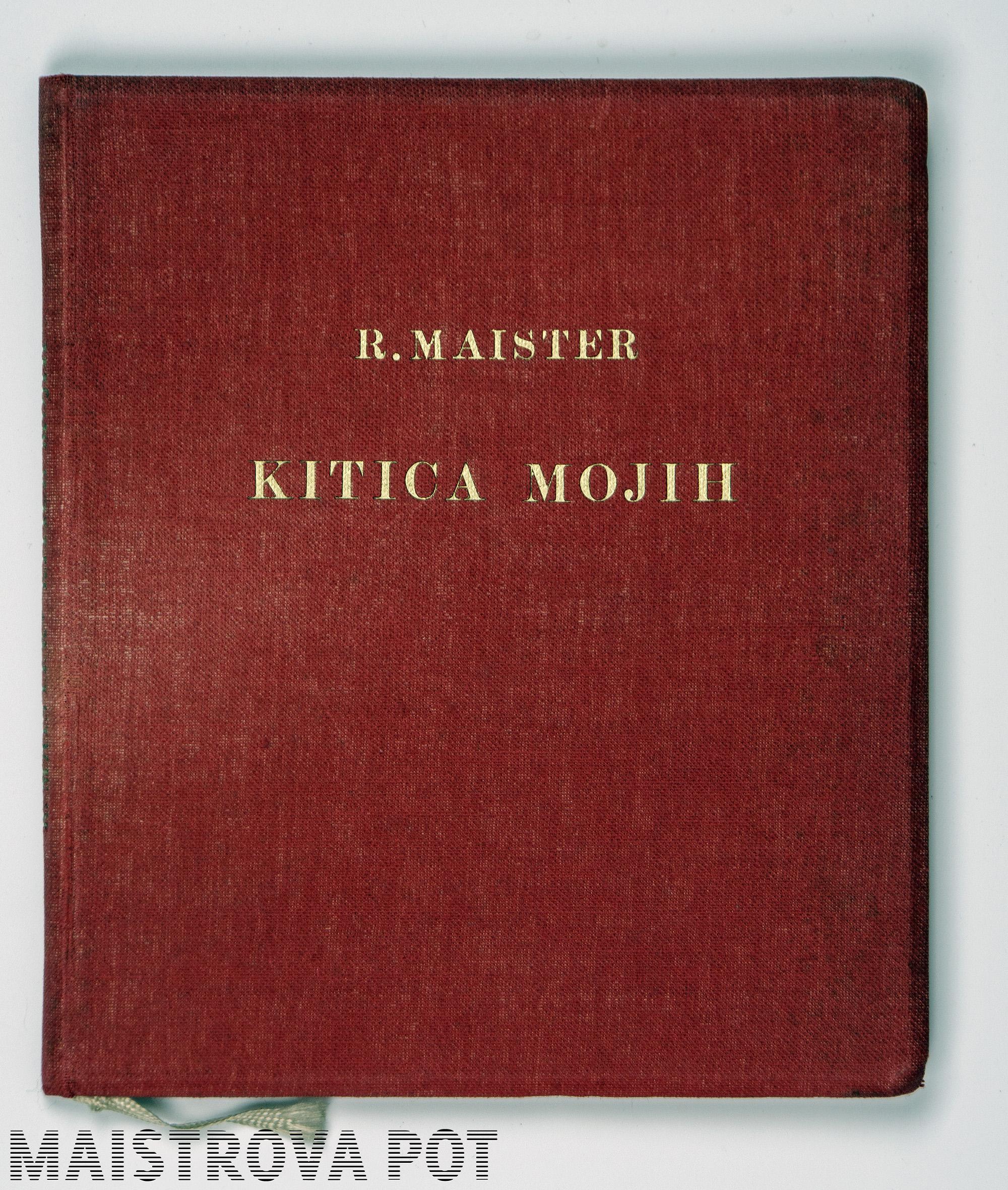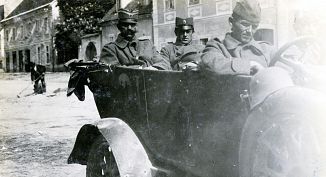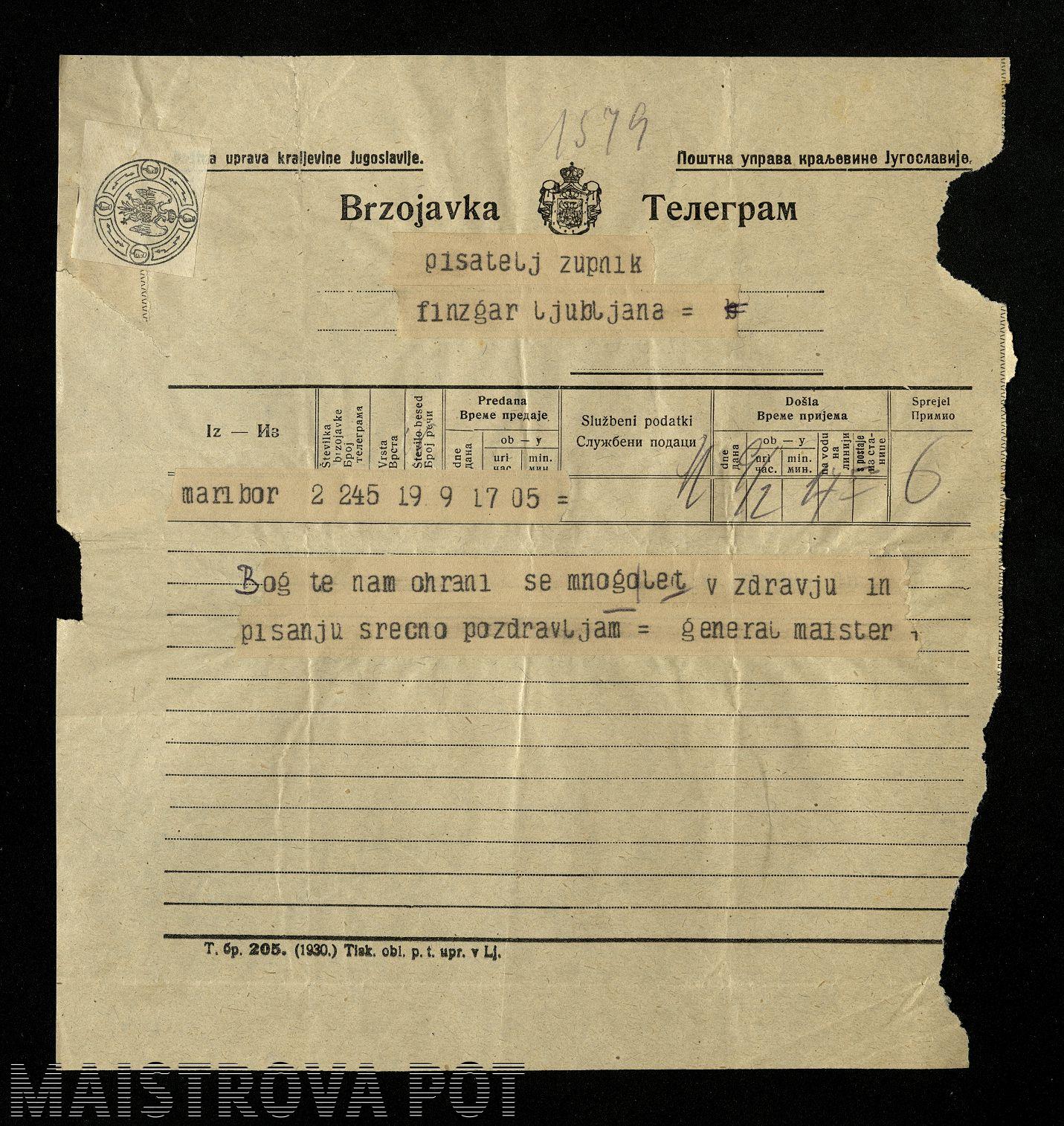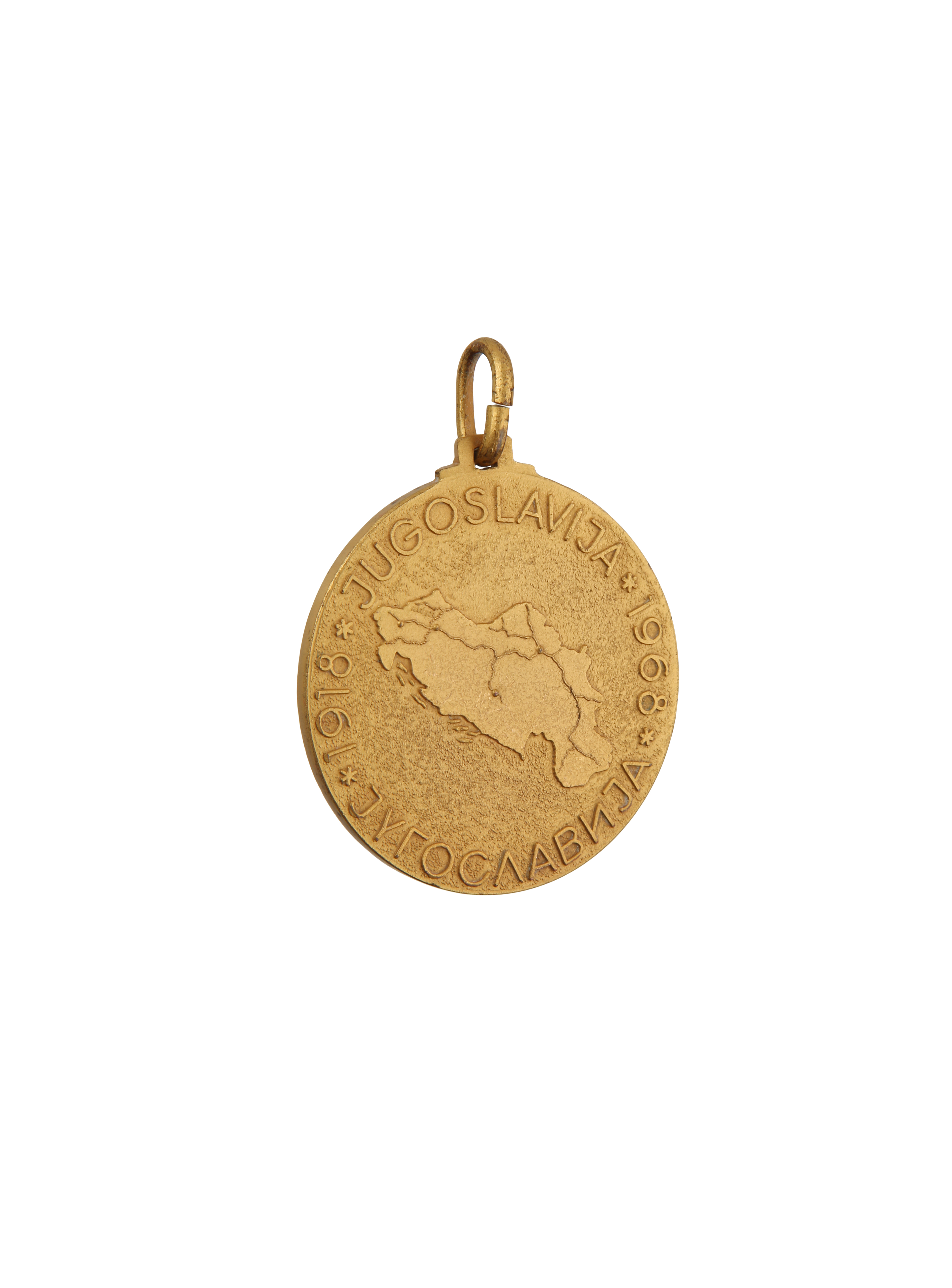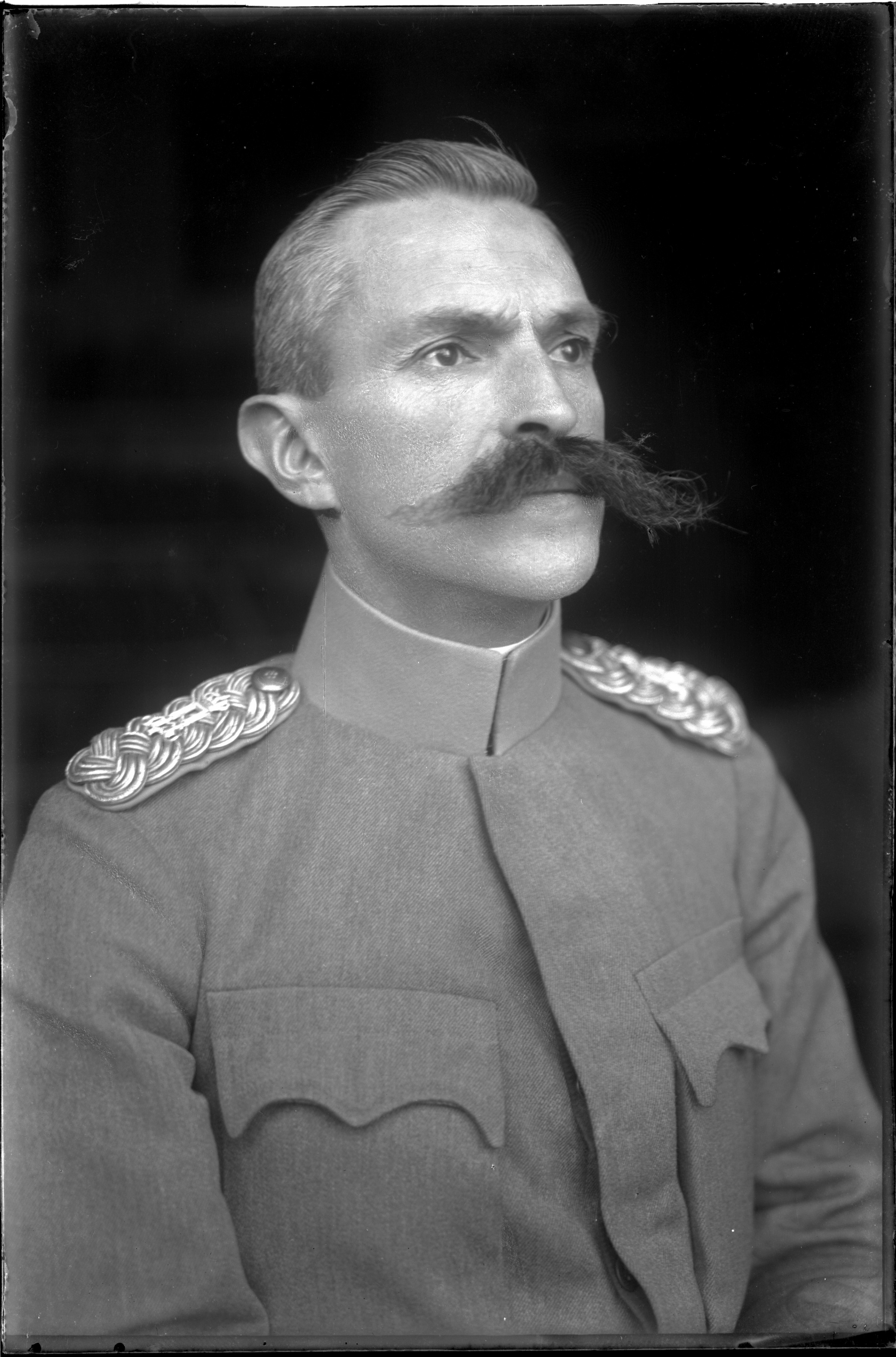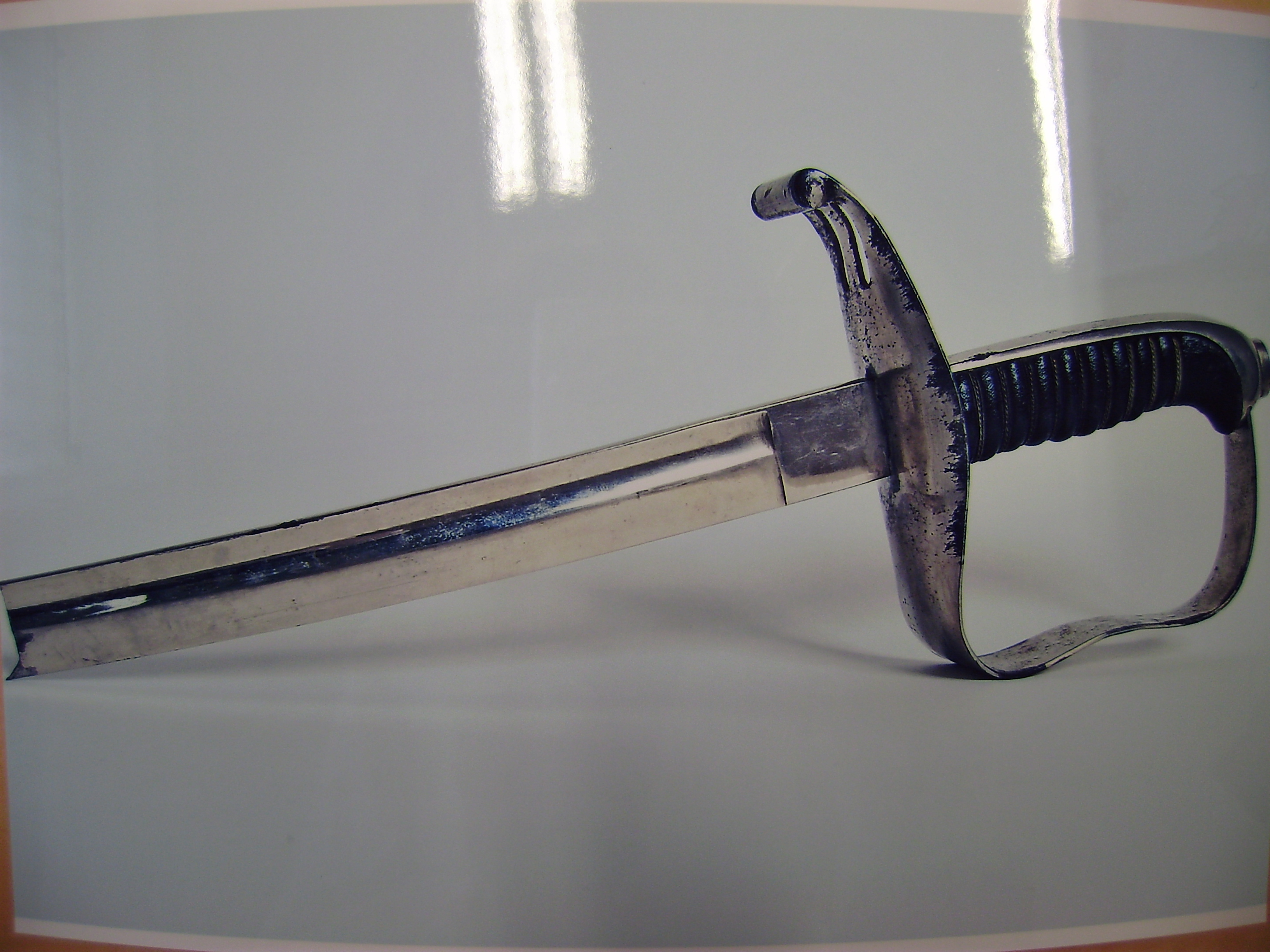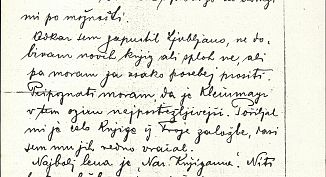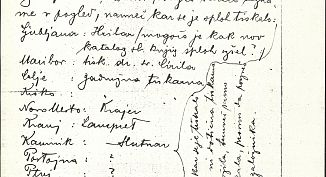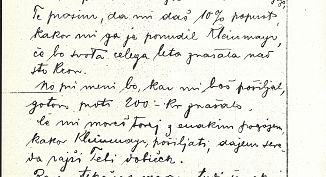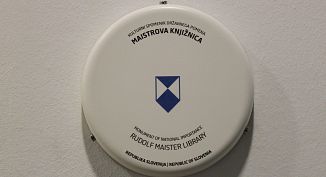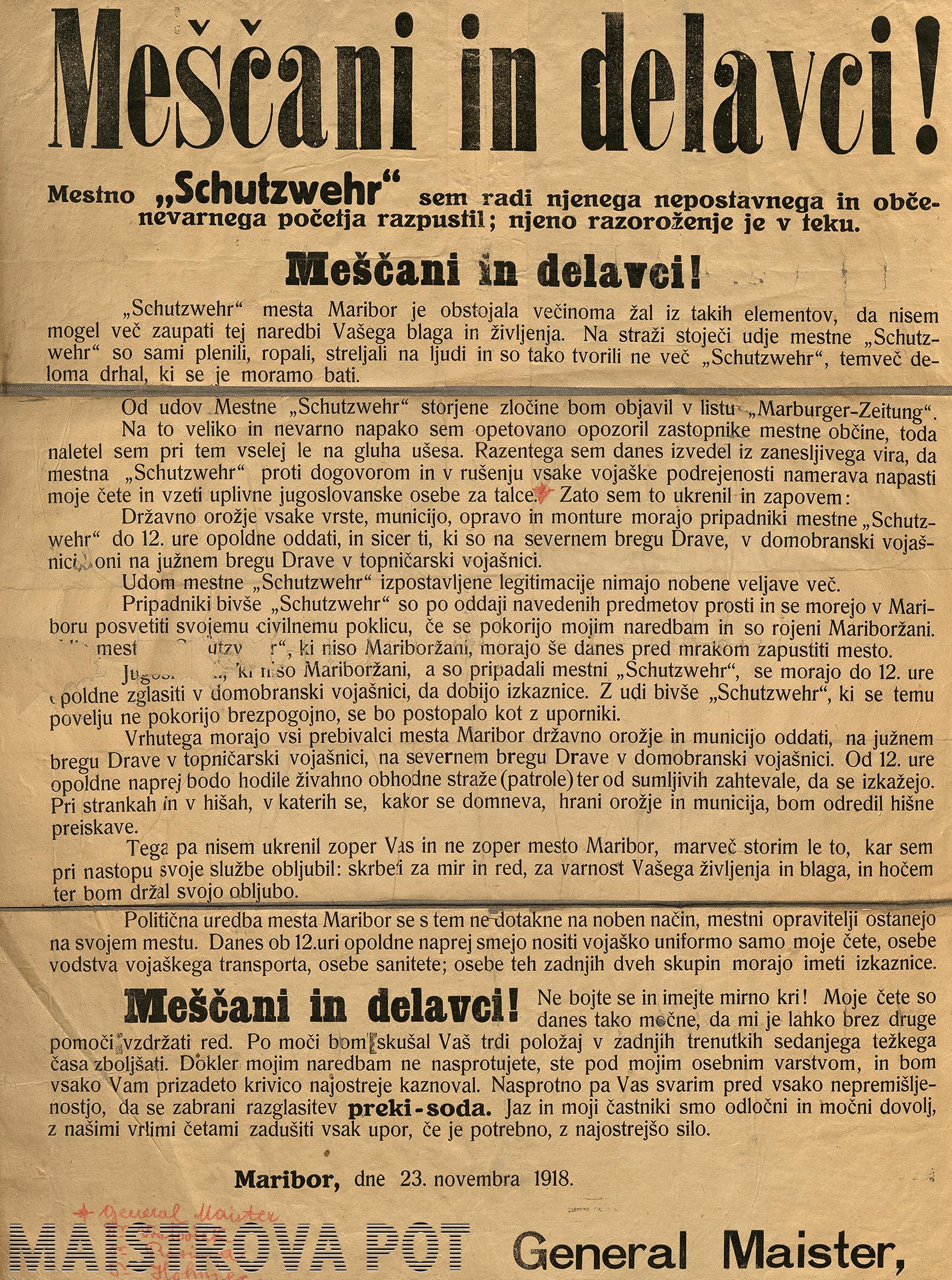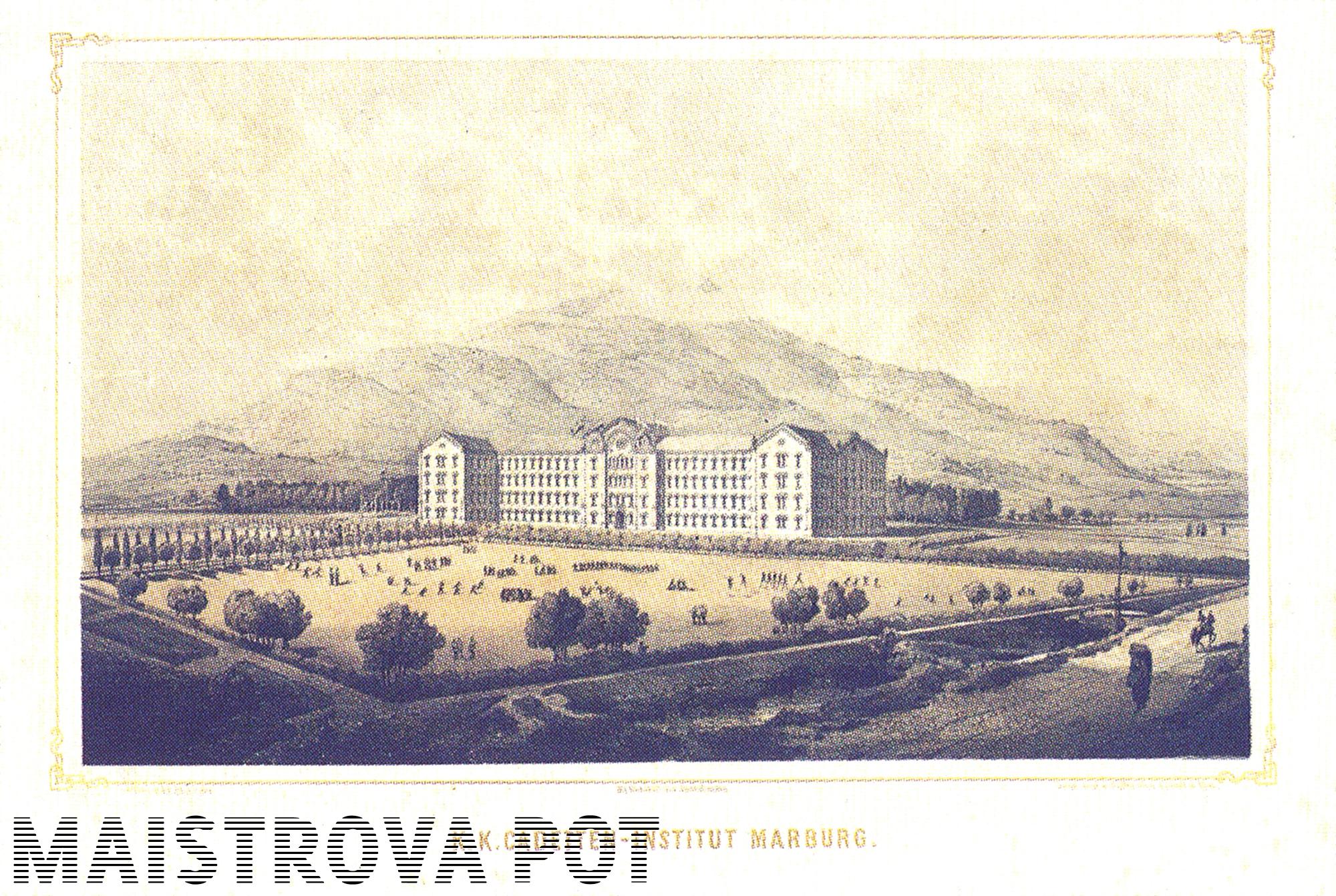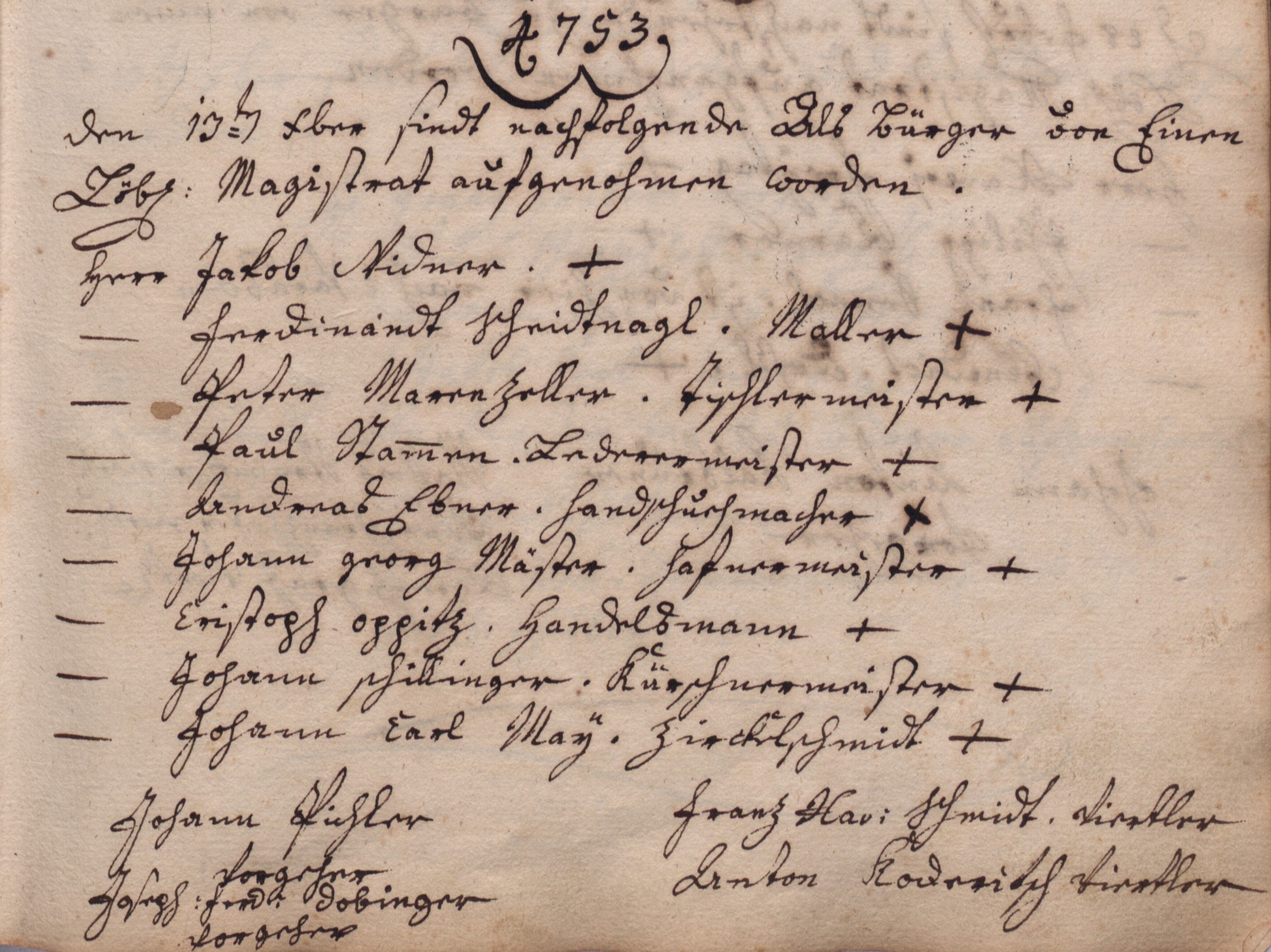Participating institutions
The Maister’s Way project involves 15 institutions that safeguard the material legacy of Rudolf Maister and a large part of the Maister family. Collected in one place, the material and objects of Maister’s life and work make up comprehensive narrative in a virtual form, which offers a new perspective on the great man and broadens the horizons of his time.
Archives of the Republic of Slovenia (ARS)
Film General Maister. Archives of the Republic of Slovenia, SI AS 1086/2499, the original is kept in the Croatian Film Archive.
Archival material on Rudolf Maister can be roughly divided into three parts:
- documents created by Rudolf Maister either personally or ex officio (as signatory) on behalf of an individual military unit or institution,
- material in which Maister appears as or is one of the rapporteurs,
- memoirs in which his contemporaries deal with his persona and work.
Identical materials may be kept in their collections also by other institutions, since various military units and political bodies were involved in the events and consequently received the same or similar missives.
The materias are mainly kept in these fonds: Institute for Ethnic Studies Fond (SI AS 1164), Ude Lojze Fond (SI AS 1193), Minutes of the sessions of the National Government of SHS in Ljubljana and the Provincial Government for Slovenia (SI AS 60/83), National Council for Carinthia (SI AS 660) and the Felaher Julij Fond (SI AS 1384). The Archives of the Republic of Slovenia also keeps the only surviving several seconds long film recording of Rudolf Maister (Film Collection, SI AS 1086).
Dolenjska Museum Novo mesto (DM NM)
In the Dolenjska Museum Novo mesto we do not keep materials directly related to Rudolf Maister. We store indirectly related materials, such as material connected to the Carinthian plebiscite that includes plebiscite postcards, stickers and leaflets, created as propaganda material in 1920 in advance of the plebiscite. We also keep materials related to the Carinthian fighters from Dolenjska: photographs (mostly copies), some photocopies of memorial records of fighters and two commemorative decorations from the 1970s.
Indirectly connected and documentary material is also kept in other Novo mesto institutions:
- Historical Archives of Ljubljana, Dolenjska and Bela krajina Unit Novo mesto: archival material: SI_ZAL_NME / 0191, Carinthian plebiscite: 1919-1920 and SI_ZAL_NME / 0220, Municipal Committee of the Association of Volunteer Fighters for the Northern Border 1918–1920 Novo mesto (includes memoirs 1967–1968, photographs and postcards 1918–1919);
- Miran Jarc Library in Novo mesto, Special collections of Bogo Komelj: several postcards on the theme of Rudolf Maister and the Carinthian plebiscite.
Gorenjska Museum (GM)
The Gorenjska Museum keeps material indirectly related to the period when Rudolf Maister lived in Kranj. These are old photographs and postcards of Kranj from the end of the 19th century and photographs of the societal life of the time, such as the National Reading Room in Kranj:
- Mestni trg (square) with fountain, photograph, circa 1883,
- the building of the former primary and grammar school attended by Maister (former Construction School Kranj), photograph,
- National Reading Room in Kranj, postcard, circa 1918,
- panorama of Kranj, photograph, circa 1896,
- Kranj Grammar School, photograph, circa 1897,
- members of the literary and entertainment club in Kranj, photograph, circa 1880.
Carinthian Regional Museum Slovenj Gradec (KPM SG)
In connection with Maister’s material legacy, the Carinthian Regional Museum Slovenj Gradec keeps only a model of the first monument in Dobrije with Maister’s verses dedicated to Franjo Malgaj. A museum collection on the Carinthian plebiscite is exhibited in the Libeliče presbytery. It will be refurbished on the occasion of the 100th anniversary of the annexation of Libeliče. The museum’s photo library keeps photographs of monuments, memorial plaques commemorating Maister and Maister’s comrades from this area, as well as postcards and photographs of Libeliče:
- the pedestal of the monument to Maister’s fallen fighters in Dravograd in front of the church of St Vitus, 1927, photograph, Ludvik Pušnik Collection,
- a memorial plaque as part of the monument in front of the Dravograd town hall, where the bones of Maister’s fighters and fighters of the National Liberation Struggle are buried, 1960s, photograph, Ludvik Pušnik collection,
- Libeliče at the beginning of the 20th century, postcard, postcard collection,
- Malgaj’s fighters in position below Libeliče 1919, photograph, photo library,
- on the day of the plebiscite in front of the Libeliče Primary School, 10 October 1920, photograph, photo library,
- repositioning of the monument to Maister’s fallen fighters, mid-1980s, photograph, photo library,
- Edlman inn in Libeliče, circa 1920, postcard, postcard collection,
- Libeliče presbytery, 1920, photograph.
Intermunicipal Museum Kamnik (MMK)
The greatest treasure associated with Maister’s material legacy is his birthplace on Šutna: a one-storey burgher house from the early 19th century, now a monument of local significance. There is a memorial plaque from 1938 on its facade, its author is Peter Loboda.
The following documents and objects are kept in the Maister collection, they speak of Maister’s attitude towards his hometown and his connection to it:
- a document, a 1934 congratulatory message from Kamnik city councilors and Mayor Fran Kratnar for Maister’s 60th birthday,
- Maister’s letter of thanks to the mayor of Kamnik and councillors, 7 April 1934,
- a carved picture frame for Maister’s honorary citizen of Kamnik certificate, which he received in 1924, made by the Kamnik carver and gilder Ivan Klemen,
- Maister’s first collection of poems, Poezije, from 1904, publisher: Kleinmayr & Bamberg,
- Maister’s second collection of poems, Kitica mojih, from 1929, published by: Tiskovna založba r. z. z. o. p, Maribor,
- Miha Maleš’s portrait of Rudolf Maister, 1925,
- a chair from the estate of Maister’s aunt Matilda Sebenikar in Unec, end of the 19th century,
- invitation in the form of a poster to the ceremony marking the unveiling of a full-length monument to Rudolf Maister in 1970 in Kamnik.
Museum of Contemporary History of Slovenia (MNZS)
Materials related to General Rudolf Maister in the collections of the Museum of Contemporary History of Slovenia:
- The original photographs on paper are in the photo album of Srečko Kristan, a fighter for the northern border and a member of the veterans’ society of the Association of Carinthian Fighters. The album contains 95 photographs on 22 sheets. A number of the photographs are related to the battles for the northern border in Carinthia in 1919, among them photographs of General Rudolf Maister (Museum of Contemporary History of Slovenia, Collection of Photographs of the First World War, Photo Album A43).
- Photographs of the battles for the northern border in Carinthia in 1919, which also include photographs of Rudolf Maister, are kept in a collection of original glass plates in the Stane Rovtar Fonds, from the estate of Franc Brunskole, a participant in the battles for the northern border.
- Individual photographs on paper depicting portraits of General Rudolf Maister are also stored in the photographic collection of the Slovenec newspaper.
- The museum’s Personal Items and Documents Collection contains some letters and documents signed by General Rudolf Maister and an original musical notation.
 Seated from right to left: Commander of the Drava Divisional Authority General Krsta Smiljanić, General Rudolf Maister and Provost and Dean Matija Randl, Dobrla vas, June 1919; kept by the MNZS.
Seated from right to left: Commander of the Drava Divisional Authority General Krsta Smiljanić, General Rudolf Maister and Provost and Dean Matija Randl, Dobrla vas, June 1919; kept by the MNZS.National Liberation Museum Maribor (MNOM)
In 1958, the year of its founding and the 40th anniversary of the battles for Slovenia’s northern border, the Museum of National Liberation Maribor was the first museum in Slovenia to set up an exhibition about General Rudolf Maister and the battles for Slovenia’s northern border 1918/1919.
The museum keeps:
- a rich collection of photographs of General Rudolf Maister and the battles for Slovenia’s northern border,
- a collection of decorations, recognition awards of General Rudolf Maisters military associates,
- artefacts reminiscent of the period of the struggle for the northern border 1918/1920.
Since 1999, the Museum of National Liberation Maribor has had the honour of safekeeping, in the memory of the fighters for Slovenia’s northern border, the highest state decoration, the Golden Order of Freedom of the Republic of Slovenia, awarded to them by the President of the Republic of Slovenia Milan Kučan.
Museum of Recent History Celje (MnZC)
The Museum of Recent History Celje keeps only three pictorial objects related to General Rudolf Maister; these are:
- a photographic negative depicting a portrait of Rudolf Maister (photo library Zgodovinska 1),
- a reproduction of a photograph depicting a portrait of Rudolf Maister (photo library Zgodovinska 1),
- a colour postcard depicting a portrait of Rudolf Maister, published by the Logatec Military Museum, no. 16, year of issue 2018, unposted.
We keep more material about his cofighters for the northern border.
Some materials connected to Rudolf Maister are also kept in neighbouring institutions:
Historical Archives Celje:
- Rudolf Maister’s documents (binder I., Kolšek Konrad archive) / Annex ZAC 1,
- telephone letter from General Smiljanič to General Maister dated 28 September 1919 (binder I., serial number 33, Kolšek Konrad archive) / Annex ZAC 1.
Celje Central Library:
- Savinja: dijaške leposlovne in znanstvene vaje, Year I, no. 4–5, 1914, (Savinja supplement, published on dLib.si).
National and University Library (NUK)
In accordance with its mission, the National and University Library keeps in its book collection Maister’s first editions, as well as all other printed material about Maister that was published in Slovenia in books, newspapers and other types of publications. The pictorial collection contains some portraits of Maister and in the Manuscript Collection we can find quite a few items related to his life and work. In the manuscript legacies of some of his contemporaries we find Maister’s letters and other correspondence, manuscripts of poems and some essays as well as some dedications in books that he presented to friends and acquaintances. Among them were many notable Slovenians, both from cultural circles (Oton Župančič, Božidar Borko, Fran Albreht, Ivan Vrhovnik, Fran Saleški Finžgar …), as well as from political circles (Ivan Hribar, Janko Mačkovšek). Especially interesting is the material from Zadruga, a grammar school students’ literary society of which he was a corresponding member in his youth, and editorial correspondence with Janko Šlebinger, editor of the magazine Ljubljanski zvon, in which Maister also published poems. Some typescripts of poems can also be found in the material legacy of Lili Novy, who was the translator of his poetic work into German. In keeping with his reputation as a writer and general, Maister’s material also ended up in the estates of some collectors of manuscript and archival materials, such as photographer Fran Vesel and printmaker Elo Justin. This material is also available in the Manuscript Collection. The issue of efforts to find a political solution for the Slovenian question after the First World War is addressed by the opinion essay on the delineation of the Slovenian national border, in which he very clearly and far-sightedly warns of the danger of losing a large part of the ethnic territory in the event of a Carinthian plebiscite.
National Museum of Slovenia (NMS)
In the National Museum of Slovenia, materials related to General Maister are kept by the the Graphics Cabinet and the Department of History and Applied Art.
The Graphics Cabinet keeps three photographic portraits of General Maister in the uniform of the Army of the Kingdom of Serbs, Croats and Slovenes.
The Department of History and Applied Art keeps:
- three portraits of General Rudolf Maister by photographer Fran Vesel,
- Vesel’s reproduction of the portrait of Captain Rudolf Maister in the uniform of the Austro-Hungarian Army, painted in 1912 by the painter Hinko Smrekar,
- two of Vesel’s drafts of a medallion depicting a portrait of General Maister, made in 1919 by the sculptor Anton Sever,
- a bust of General Maister by the sculptor Nikolaj Pirnat, donated to the National Museum by the Association of Volunteer Fighters for the Northern Border,
- a portrait of General Maister, created by the sculptor Franc Gorše on the initiative of the Association of Volunteer Fighters for the Northern Border in 1968; it is placed on the face of a medal, while the rear is adorned with the figure of a chainmaker with a sword in his right hand,
- a commemorative medal of the Association of Fighters for the Northern Border on the occasion of the 50th anniversary of the battles for the northern border in Carinthia (1918–1968).
Regional Museum Maribor (PoMuM)
The materials related to General Rudolf Maister gradually flowed into the Regional Museum Maribor. In 1934, Rudolf Maister presented the Historical Society in Maribor with a photograph of the celebration of the liberation of Maribor dated 15 December 1920. In the following years, the Historical Society independently sought out predominantly photographic materials. The materials were exhibited in 1938. After the establishment of the National Liberation Museum Maribor and the relocation of the Regional Archives Maribor to Glavni trg 7, the materials were transferred to the two institutions. The items relating to Rudolf Maister, which are kept today by the Regional Museum Maribor, are related to the material legacy acquired in the second half of the 20th century and come from the estate of General Maister. Among the most valuable are the Austrian officer’s sabre and the Austro-Hungarian officers’ hat with the Slovenian tricolour.
Regional archives Maribor (PAM)
The PAM keeps numerous documents relating to General Rudolf Maister, material that he created himself as well as materials that directly touch on him or describe the events of the 1918-1919 coup in Maribor and Styria. The events these documents relate to were shaped by Maister himself. For this reason, most of these documents can be found in the Subversive Events in Slovenian Styria and Prekmurje collection. The groundwork for the collection was laid by Maister himself, when in 1924, in order to put the history of these events on paper, he sent out a survey to all those that had participated in them. The materials contain the answers to the questionnaires received by Maister, as well as some other documents related to the subversive events. Additionally, the collection also includes his own notes (manuscripts and typescripts) and his biography. There are also many other leaflets, orders and proclamations bearing his signature in the collection.
Documents in the National Council for Styria Fonds also shed light on the events surrounding the coup and Maister’s broader role in them. After retiring, Maister was active in many areas of public and cultural life during his stay in Maribor, and as the President of the National Defence for the Maribor Region he played a prominent role in some national defence operations in Maribor and its environs.
Maister’s correspondence, which testifies to many personal acquaintances and work in ethnic and cultural societies, can be found in numerous fonds. These include the fonds: Historical Society Maribor, Sokol Society Headquarters Maribor, Žebot Franjo, Medved Anton, Kovačič Franc, Baš Franjo, Pivko Ljudevit. A number of documents related to Maister are also kept in the Municipality of Maribor Fonds and the District Court of Maribor Fonds, while the photographs are kept in the Collection of Photographs and Postcards.
At the PAM, we have also created a special personal Maister Rudolf Fonds, which mostly contains only copies of personal documents (certificates, military appointments and promotions) obtained from the military archives in Vienna and Belgrade and from several other institutions.
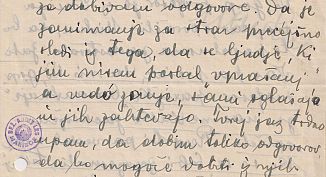 Maister informs Franc Kovačič, president of the historical society in Maribor, about the letters he has sent out concerning the coup questionnaire. First part of the letter, 1.3.1924; kept by the PAM.
Maister informs Franc Kovačič, president of the historical society in Maribor, about the letters he has sent out concerning the coup questionnaire. First part of the letter, 1.3.1924; kept by the PAM.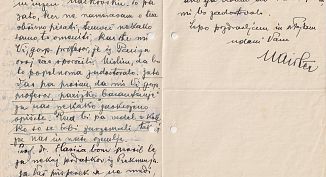 Maister also asks Kovačič to put down on paper the events at the Paris Peace Conference. He is paricularly interested in how the Serbs are representing Slovenian interests. Second part of the letter, 1.3.1924; kept by the PAM.
Maister also asks Kovačič to put down on paper the events at the Paris Peace Conference. He is paricularly interested in how the Serbs are representing Slovenian interests. Second part of the letter, 1.3.1924; kept by the PAM.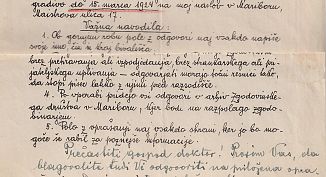 Maister's letter to the theologian and writer dr. Anton Medved, asking him to fill out a survey and critically describe the coup events, 22.2.1924; kept by the PAM.
Maister's letter to the theologian and writer dr. Anton Medved, asking him to fill out a survey and critically describe the coup events, 22.2.1924; kept by the PAM. Maister's correspondence from Przemyśl to the Maribor Historical Society, informing them that he has not yet received the ordered volumes of the Journal of History and Ethnography, 3.4.1912; kept by the PAM.
Maister's correspondence from Przemyśl to the Maribor Historical Society, informing them that he has not yet received the ordered volumes of the Journal of History and Ethnography, 3.4.1912; kept by the PAM.University of Maribor Library (UKM)
The UKM’s special collections include two private libraries: Glazer’s and Maister’s. The latter was declared a cultural monument of national importance in 2018.
Materials in the UKM related to the life and work of Rudolf Maister:
- the manuscript legacy of Rudolf Maister,
- a rich collection of photographs of Rudolf Maister,
- material on the coup,
- musical notes of compositions to Maister’s texts,
- General Maister’s Library UKM – a cultural monument of national importance (Rudolf Maister’s private library: an exceptional book collection assembled on the basis of selection criteria, one of the most beautiful private libraries in Slovenia),
- a statue of Rudolf Maister, the work of sculptor Vlasta Zorko.
Military Museum of Slovenian Armed Forces, Kadetnica in Maribor (VM SV)
The infantry cadet school (Kadetnica) aka the cadet institute was built outside Maribor on Radvanjsko polje near Pekrska gorca. When General Maister took military control in Maribor on November 1, 1918, Lieutenant Franc Mravljak and Yugoslav students prevented the German students from carrying out their intention to destroy the school’s science classroom. Maister proposed to the National Council in Ljubljana that they appoint Lieutenant Colonel Davorin Žunkovič as commander of the military high school, which fell under the Spodnji Štajer command in Maribor. The new commander took over the running of the school on 22 November 1918. As the Serbian army did not have military high schools it was renamed the Technical Officers School in May 1921.
Today the Maribor Kadetnica is the seat of the Military Museum of Slovenian Armed Forces, which acquaints visitors with the life path of General Rudolf Maister, Slovenian soldiers in the First World War and the battles for Slovenia’s northern border in two permanent exhibitions. Also on display are two decorations of the Ministry of Defense of the Republic of Slovenia: the Order and the Medal of General Maister.
Historical Archives Ptuj
The Archives keeps some archival material relating to the direct ancestors of General Rudolf Maister from the time their arrival in Ptuj in the mid-18th century.
Proof that the Maisters were granted full citizenship of Ptuj can be found in the Register of Citizens of the City of Ptuj for the period 1684–1917; their ownership of local real estate is recorded in the Land Register of the city of Ptuj from the 19th century, while the books and records of the Ptuj pottery guild attest the professional training, master craftsman certification and work as potters of certain members of the family in Ptuj and its immediate surroundings. Extremely important biographical data (birth, marriage, death) of many Ptuj Maisters are contained in the registers of the city parish, which are today kept in the archives of the Archparish Ptuj.

